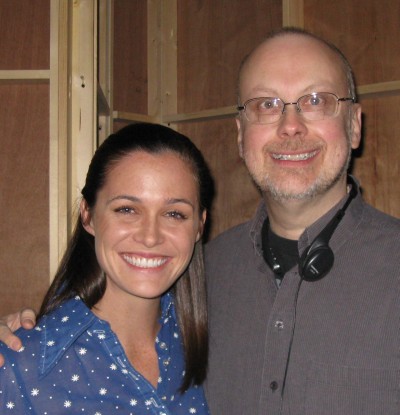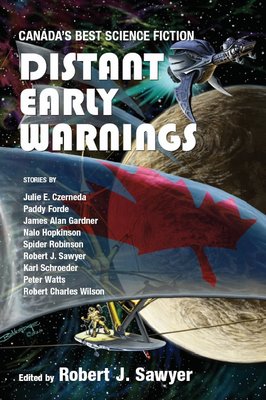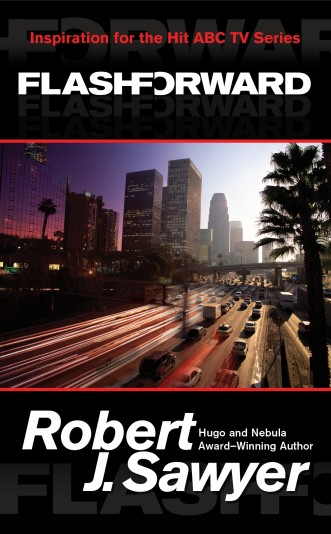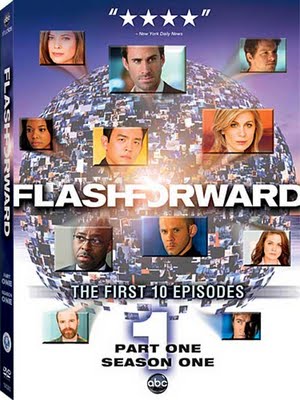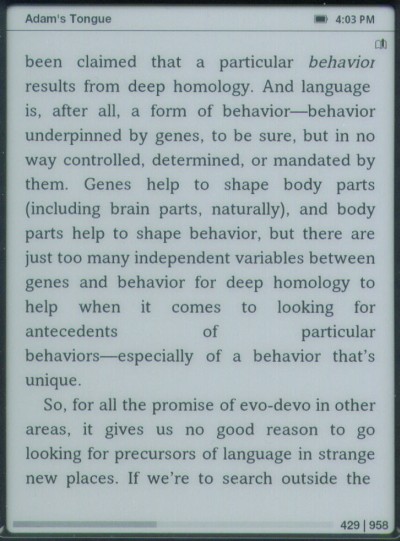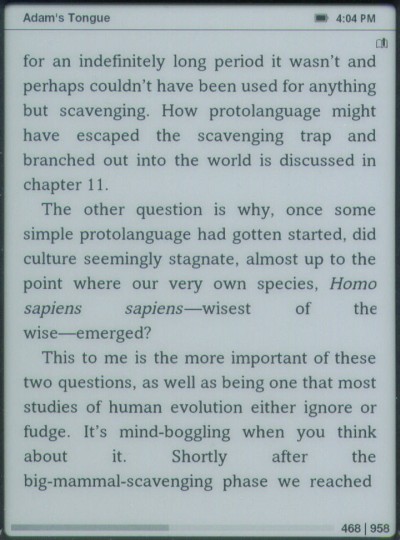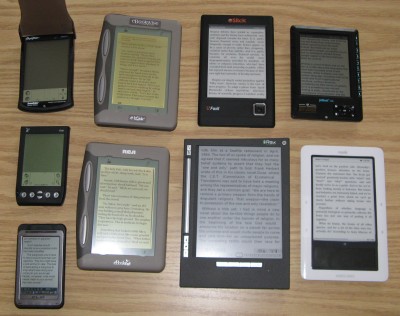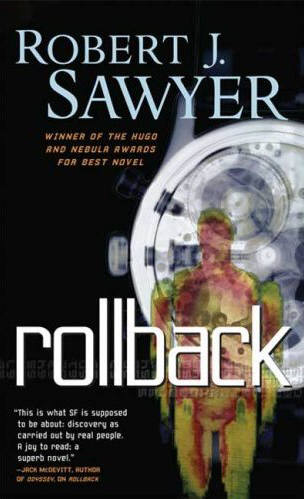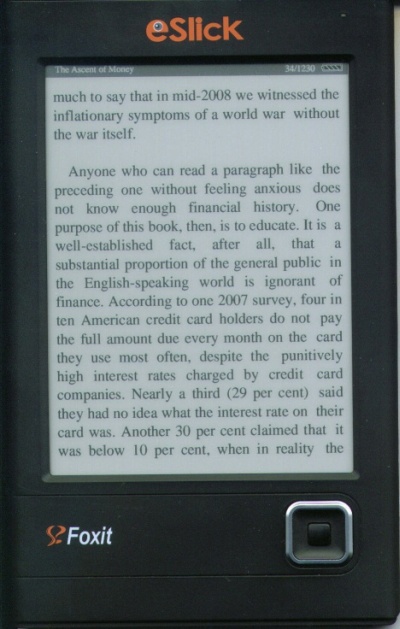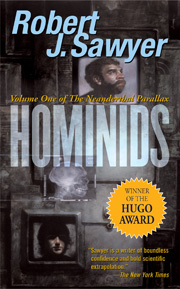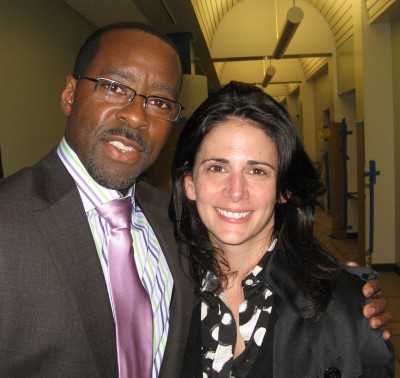Is Wake a YA novel?
by Rob - March 13th, 2010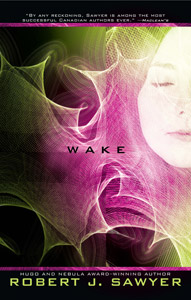
I received this note from a Canadian academic today:
Interestingly enough, WWW: Wake is filed at my local library as a young-adult book, presumably because the protagonist is 15. I’m just curious: do you consider Wake to be a YA novel? And if so (or not) why?
Here’s my response:
Am I a young-adult author — and is this a new thing?
Yes to the former, and no to the latter.
I made the New York Public Library‘s prestigious “Best Books for the Teen Age” YA list (yes, that awkward wording is the actual title, for historical reasons) for 1992 for my novel Far-Seer. The whole “Quintaglio Ascension” trilogy, of which Far-Seer is the first volume, is often viewed as YA (and the protagonist of the first book is clearly an adolescent). The books were very favourably reviewed in the standard book-recommendation sources used by YA librarians, VOYA (“Voice of Youth Advocates”) and KLIATT: Young Adult Paperback Book Guide (including starred reviews, denoting works of exceptional merit, for both Far-Seer and, the second volume, Fossil Hunter).
And in creating Wake, the first volume of my current WWW trilogy, I consulted on what was appropriate for YA novels with my great friend Elisabeth Hegerat, a YA librarian in Alberta; it was absolutely my intention to appeal to both the adult and YA markets with the WWW trilogy.
That said, what I do is simply write books; it is for others to categorize them. For instance, Wake had a nice run on the Amazon.com Technothrillers bestsellers list, including hitting #1; I didn’t consciously craft it as a technothriller, nor did my publisher market it as such, but others did categorize it that way.
On the other hand, I do think of myself as a writer of utopian fiction, both with my Neanderthal Parallax trilogy of Hominids, Humans, and Hybrids, and the WWW trilogy of Wake, Watch, and Wonder, but so far few others have classified my work that way (with Richard Parent in The New York Review of Science Fiction being a notable exception).
I’m sure many writers fancy the same thing, but I rather like to think my books are mostly sui generis: they are in their own category, rather than being attempts to squeeze into, piggyback on, or emulate the work of others. For that reason, one of my all-time favourite reviews of my own work was Mark Graham’s assessment in The Rocky Mountain News (Denver) that he likes my books because “[Sawyer] doesn’t imitate others or himself.”
Certainly in Canada where I’ve had considerable success as a mainstream author, and as part of the non-genre Canadian literature scene, it’s true that large numbers of my readers don’t consider themselves science fiction readers — or young-adult readers, for that matter. They’re Robert J. Sawyer readers — and that, rather than where the books might fall in some abstract taxonomy, is all that ultimately matters to me.
Robert J. Sawyer online:
Website • Facebook • Twitter • Newsgroup • Email




